Search
Remove Ads
Advertisement
Summary 
Loading AI-generated summary based on World History Encyclopedia articles ...
Search Results
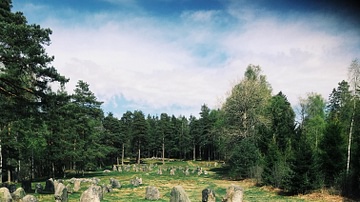
Article
Exploring Norways' Forgotten Stone Circles & Petroglyphs
Right outside the cities of Fredrikstad and Sarpsborg in South-East Norway, there are two archaeological, intriguing and beautiful sites, the Hunnfelt, a monument consisting of several stone circles and burial sites, and the Begbyfelt, a...
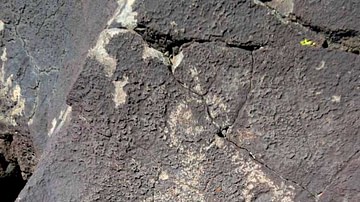
Article
Why Kokopelli is Not Kokopelli: Paiyatamu & The Four Flutes
The iconic image of Kokopelli, the flute-playing kachina spirit of the Pueblo peoples, specifically the Hopi, is easily the most recognizable figure from Native American culture in the Southwest United States but, according to traditional...

Definition
Odyssey - Homer's Epic Poem of Redemption
Homer's Odyssey is an epic poem written in the 8th century BCE which describes the long voyage home of the Greek hero Odysseus. The mythical king sails back to Ithaca with his men after the Trojan War but is beset by all kinds of delays and...
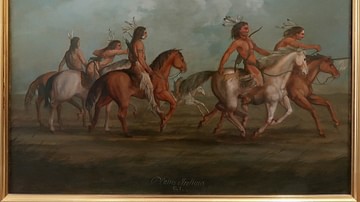
Definition
Plains Indians
The Plains Indians (also known as Native Americans of the Plains and Prairie, Indigenous Peoples of the Great Plains) are the original inhabitants of the western plains of North America, now part of the United States and Canada. They are...

Interview
Interview: The Ancient Southwest
Pre-Columbian civilizations of the Southwestern United States and Northern Mexico include the Hohokam who occupied the US state of Arizona, the Anasazi or Ancestral Pueblo Peoples who resided in the Four Corners Region, and the Mogollon who...
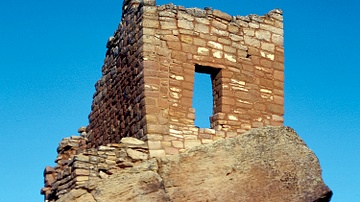
Definition
Hovenweep
Hovenweep or Hovenweep National Monument is comprised of the ruins of six Ancestral Puebloan (or Anasazi) villages located on the border between southwestern Colorado and southeastern Utah in what is the present-day United States. The home...
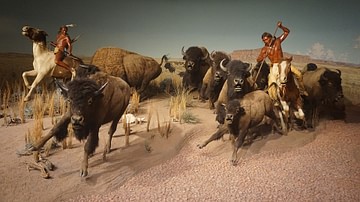
Article
Buffalo and the Plains Indians
The buffalo were essential to the Plains Indians, and other Native American nations, as they were not only a vital food source but were regarded as a sacred gift the Creator had provided especially for the people. Buffalo (bison) supplied...
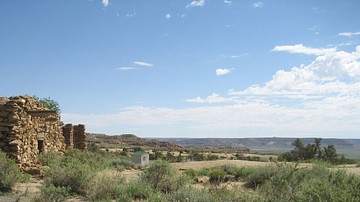
Article
How the Hopi Indians Reached Their World
How the Hopi Indians Reached Their World is the creation story of the Native American Hopi nation (the Hopi tribe of Arizona) located today within the Navajo Nation reservation. The legend details the ascent of the Hopi from below the earth...
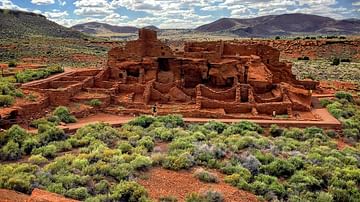
Definition
Wupatki
Wupatki or Wupatki National Monument is an Ancestral Puebloan site that contains over 800 ancient ruins. It is situated in the north-central region of the US state of Arizona and is approximately 50 km (31 miles) northeast of the present-day...
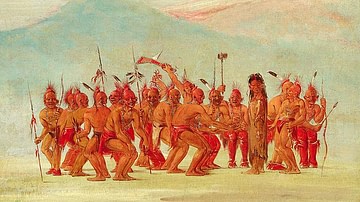
Image Gallery
A Gallery of North American Plains Indians
The Great Plains of North America were once home to over 30 distinct Native American nations now referred to as the Plains Indians, Native Americans of the Plains and Prairie, and Indigenous Peoples of the Great Plains. Their descendants...